Teaching children about their country in a Montessori environment is an exciting and rewarding experience.
Teaching children about their country in a Montessori environment is an exciting and rewarding experience. The Montessori approach to learning encourages exploration, investigation, and creativity. At the same time, it helps students develop an understanding of the world around them.
Through hands-on activities, discussions, and a variety of materials such as globes or maps, children can learn more about their own country as well as other countries around the world. Here are three key elements to teaching children about their country in a Montessori way.
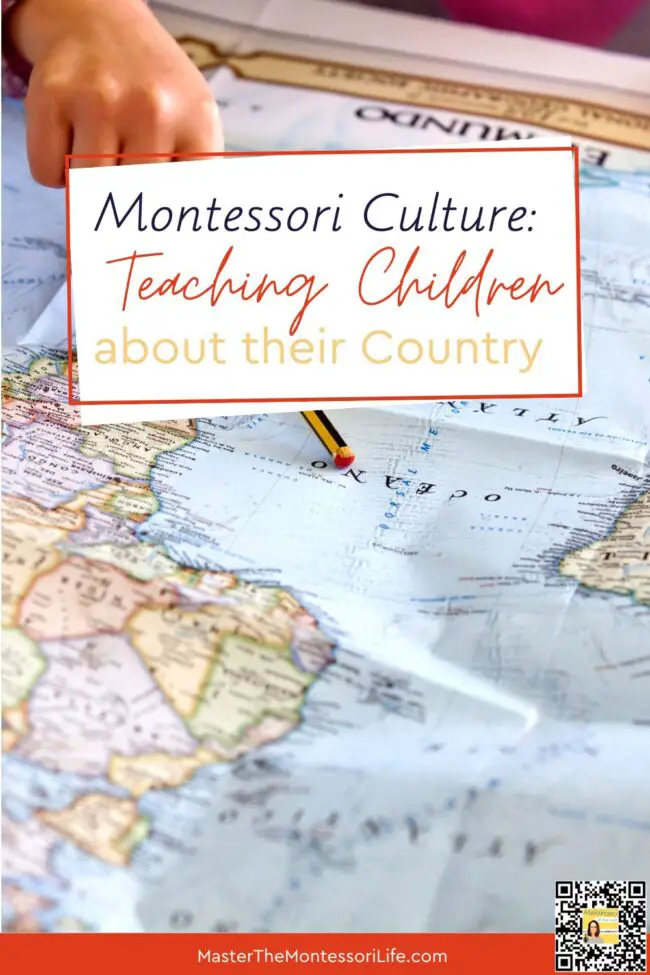
Watch & Listen to the Episode Here:
As you watch or listen to this training, know that you will be able to get more information than what is included in this blog post.
However, I really want to encourage you to take the time to watch or listen and take notes.
Importantly, this will be helpful to you now and in the future.
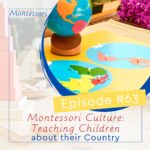
#1 Teach the country’s location
When teaching children about their country in a Montessori environment, it is important to involve them in hands-on activities that allow them to explore and investigate. Maps, globes, and 3-part cards are excellent materials for teaching the location of countries around the world.
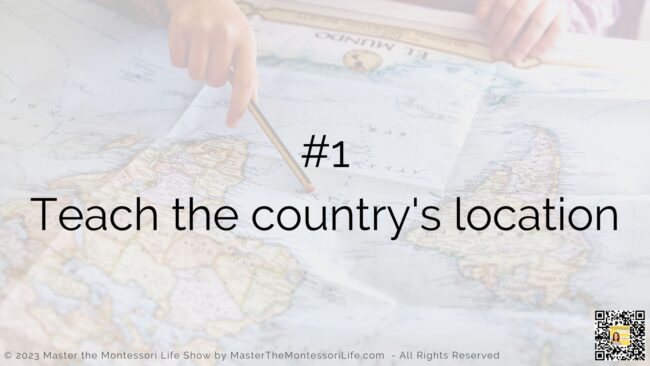
Maps can be used as an interactive tool. Students can locate different countries on the map by pointing out their names or flags. Globes provide a three-dimensional representation of our planet where children can identify various continents and oceans they have learned about.
Three-part cards are also useful tools for introducing geography concepts such as identifying landforms, capital cities, or flags associated with each country. These resources help bring the concept of geography alive. They will engage children in learning more about their own country as well as other nations around the globe.
Relevant Resources
- Montessori Geography Landmarks and Monuments of the World
- 8 Easy Montessori Culture Activities
- Ways to combine Practical Life and Culture Montessori Subjects
- Montessori Geography Continents the Easy Way
- Combining Montessori Geography and Practical Life
Montessori Globe – World Parts Science and Cultural Geography Materials Continental Globe and Sandpaper Globe Early Education Teaching aids Toys Apt Education Montessori Puzzle Toy North America Map
Apt Education Montessori Puzzle Toy North America Map Montessori USA Map Puzzle for Kids with Labeled USA Control Map – Montessori Preschool Geography Toys & Gifts for Boys & Girls Ages 3-5-7 and Up – Wooden United States Puzzle Map for Kids
Montessori USA Map Puzzle for Kids with Labeled USA Control Map – Montessori Preschool Geography Toys & Gifts for Boys & Girls Ages 3-5-7 and Up – Wooden United States Puzzle Map for Kids
#2 Teach the country’s flag
The national flag of a country is an important symbol that helps to unite people from different backgrounds. When teaching children about their country in a Montessori setting, it is important to introduce the flag. If you want to go deeper, you can also explain its significance. Flags can be used as a creative tool for drawing and painting activities. It is definitely a source of inspiration for writing stories or poems.
By creating a flag in the classroom, children can gain a deeper understanding of the colors and symbols which represent their country. Additionally, as a group activity, children can learn about different countries. They can also compare their flags side by side to explore how each flag is unique and meaningful.
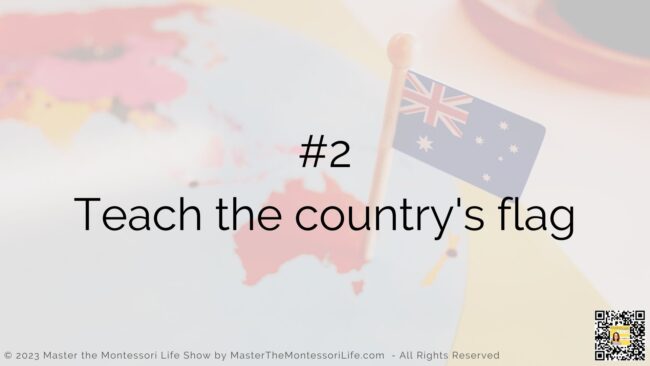
Teaching children about their country’s flag is an important part of a Montessori education. Educators can use flags as a creative tool for drawing and painting activities, or even writing stories and poems.
Comparing flags from different countries can help children understand how each flag is unique and meaningful. Also, by talking about the history and meaning behind their country’s flag, students will gain a deeper understanding of why it symbolizes the nation.
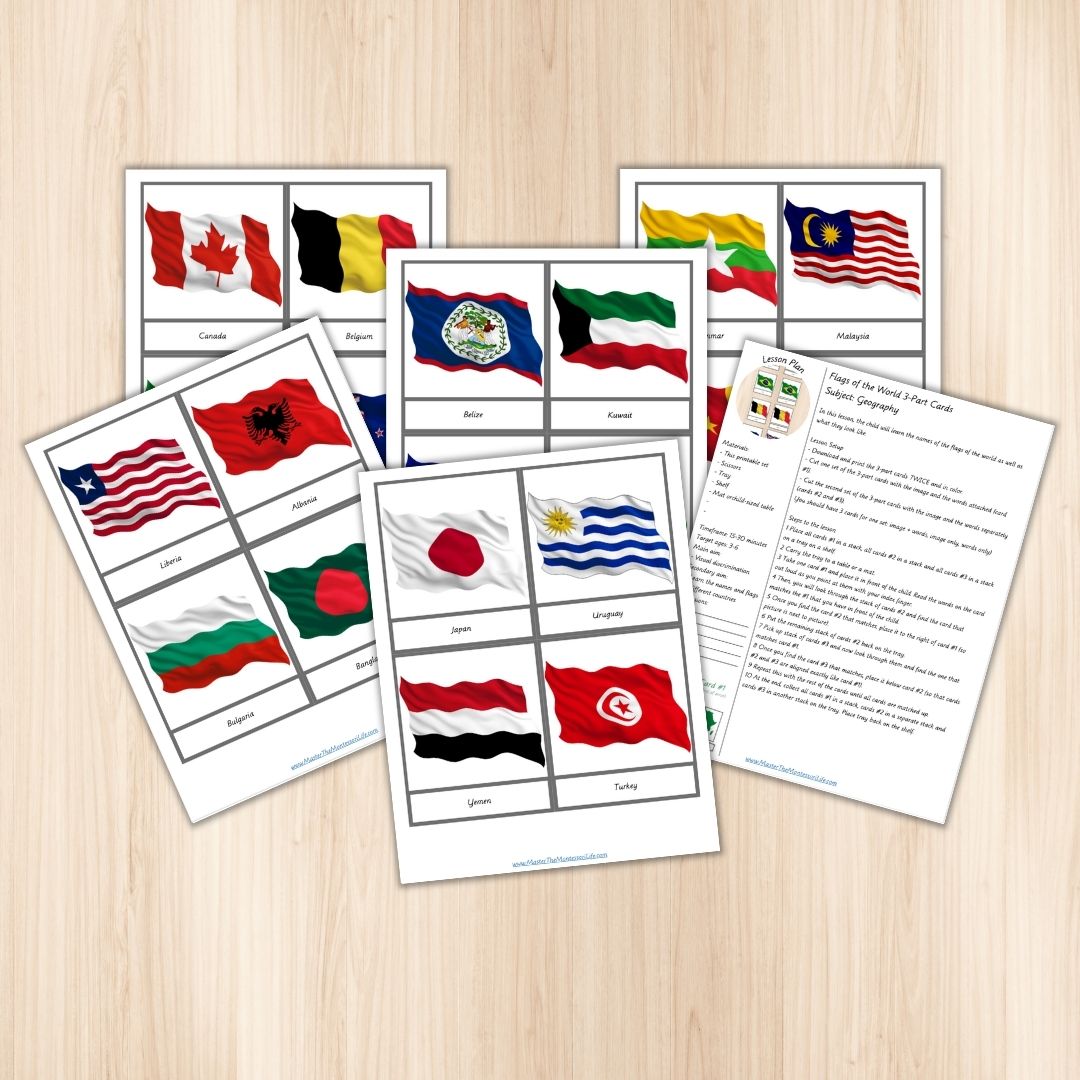
Montessori Geography Flags of the World 3-Part Cards + Lesson Plan
$2.99
Children will learn about different countries with this Montessori Geography flags of the world activity and lesson plan.
This Montessori 3-part cards activity can be used for both a Geography lesson or Culture in general.
Either way, the child will learn the look and names of 20 flags of the world.
There are hundreds of countries in the world, so learning 20 is a great start!
It includes a detailed step by step lesson plan.
EU buyers, go here.
There are more things you can do beside introducing the flag. Teaching children about the national anthem and pledge of allegiance is also an important part of a Montessori education. By learning both the words and melody to the national anthem, students will gain an appreciation for their country’s history and culture.
Additionally, discussing the meaning behind the words of the pledge of allegiance can help students understand its importance and why it is recited in public places. Through these activities, children will gain an understanding of the patriotism and loyalty associated with their country.
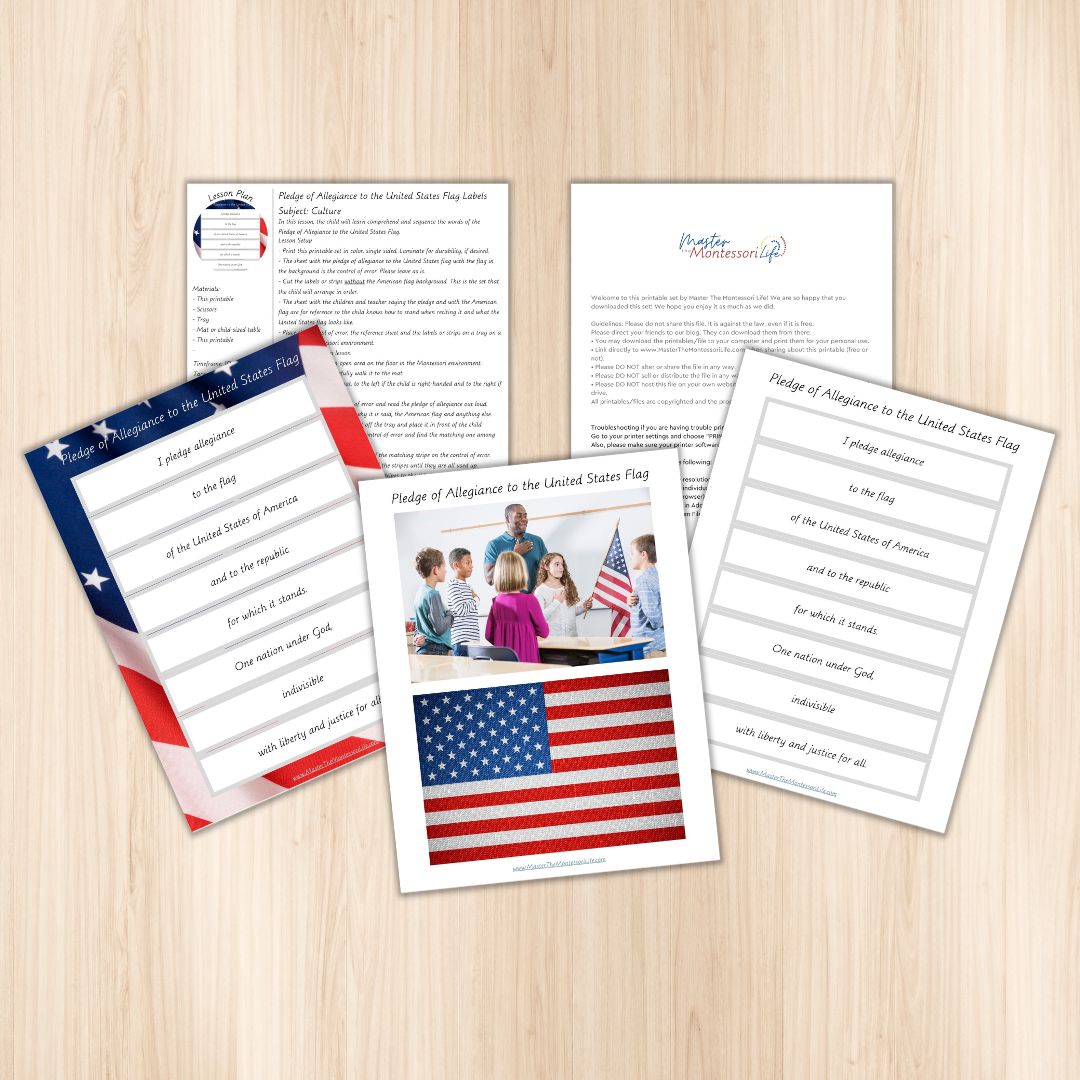
Pledge of Allegiance to the United States Flag the Montessori Way + Lesson Plan
$3.50
This activity includes 5 pages, including a step by step lesson plan, reference sheet, control of error and the hands-on activity.
In the lesson plan, you will see the materials that you need, how to set up the lesson, how long the lesson will take, the ages for the children that this lesson is for, the lessons, direct aim and secondary aim, and so much more!
Flags of The World Montessori Adena Montessori Flags of the World Geography Learning Toys Hands-on Geography Activities for Kids
Adena Montessori Flags of the World Geography Learning Toys Hands-on Geography Activities for Kids
#3 Teach the country’s language
Learning a country’s language is an essential part of understanding its culture and history. In a Montessori environment, educators can use hands-on activities. This is to help children learn the basics of their country’s language in an engaging way.
By introducing basic vocabulary words such as hello, goodbye, and help, students will gain familiarity with the language. They will also be able to communicate more easily with people from different backgrounds.
One way to introduce the basics of a country’s language in a Montessori classroom is through visual aids such as flashcards or posters. Flashcards are especially effective for teaching basic vocabulary because they provide both images and words which make it easier for children to understand new concepts.
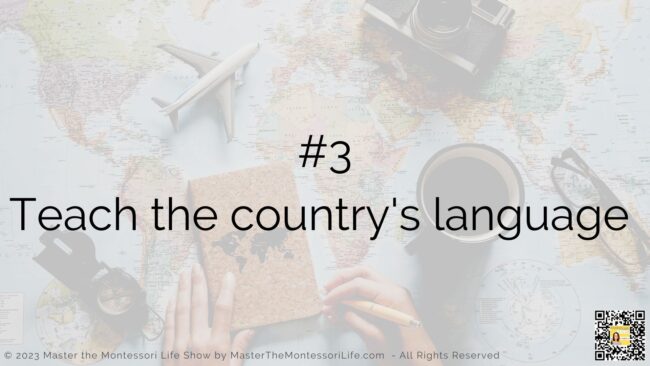
Posters or Montessori hands-on works such as 3-part cards featuring phrases like “hello” or “goodbye” can also be hung up around the classroom so that students have constant reminders throughout their day. Additionally, teachers can create games using these materials which allow children to practice speaking while having fun at the same time.
Another useful tool for teaching kids about their country’s language is music. Listening to songs sung in another language helps young learners become familiar with pronunciation and intonation patterns which are key elements of any foreign tongue. Music also helps to keep students engaged in the learning process, making it a fun and effective way to introduce language concepts.
World Languages for Kids: Phrases in 15 Different Languages First Words – Japanese: 100 Japanese words to learn (Lonely Planet Kids)
First Words – Japanese: 100 Japanese words to learn (Lonely Planet Kids) Hello & Goodbye Around the World: How to Say Hello and Goodbye in Languages Around the World
Hello & Goodbye Around the World: How to Say Hello and Goodbye in Languages Around the World
Pledge of Allegiance to the United States Flag the Montessori Way + Lesson Plan
The Pledge of Allegiance is a promise or commitment often made by citizens and visitors alike. You can notice this especially during times such as national holidays or parades. When done with intention and respect it demonstrates loyalty, patriotism and dedication to one’s country.
This wonderful activity provides children with a tactile experience that links them to both language and physical representation together, helping them understand the symbolism behind each line of the pledge and enabling them to practice saying it from memory.
In the lesson plan, you will see the materials that you need, how to set up the lesson, how long the lesson will take, the ages for the children that this lesson is for, the lessons, direct aim and secondary aim, and so much more! You will love to know that it is at an extremely affordable price. Like I said, it can’t get better than that! Get yours today!

Pledge of Allegiance to the United States Flag the Montessori Way + Lesson Plan
$3.50
This activity includes 5 pages, including a step by step lesson plan, reference sheet, control of error and the hands-on activity.
In the lesson plan, you will see the materials that you need, how to set up the lesson, how long the lesson will take, the ages for the children that this lesson is for, the lessons, direct aim and secondary aim, and so much more!
Montessori Culture: Love of Country
By teaching children about their country through activities and materials such as maps, globes, and 3-part cards, they will gain a better understanding of their own culture as well as the cultures of other countries.
This knowledge is essential for developing a sense of global citizenship and empathy towards others. Through hands-on investigation, children will be able to gain an appreciation for the world around them and learn more about the Montessori culture.
Overall, Montessori culture allows children to learn about their country in a fun and engaging way. By teaching them three key elements: the location of their country, its flag, and its language, children will gain a better understanding of their culture and the cultures of other countries.
Incorporating Montessori culture into the classroom is a great way to bring children closer to their world and show them the importance of cultural awareness. It also teaches them that differences in culture should be celebrated, rather than feared. With this understanding, the world can become a much more unified place.
Resources mentioned in training
Like I said at the beginning of the show, I have a FB group for all things Montessori that you are welcome to join.
It is called The Montessori Way Prep Room.
If you want to join a homeschool Facebook community, then join The Natural Homeschool Community!
Wardrobe from: http://bit.ly/TNHstitchfix
You May Also Benefit from these Important Montessori Topics:
As you learn more about Master The Montessori Life, you will realize just how much I strive to make your life easier.
I also seek to equip you, to inform you and to give you made-for-you options so you can keep moving forward on your Montessori journey without any speed bumps.
- Transitioning Your Nursery to Montessori: A Smooth and Effective Approach
 Transitioning your nursery to Montessori is easier than you think. Simply follow the 3 main tips that I will give you here and you will have a Montessori nursery for your little one in no time!
Transitioning your nursery to Montessori is easier than you think. Simply follow the 3 main tips that I will give you here and you will have a Montessori nursery for your little one in no time! - What Dr. Maria Montessori is Best Known For
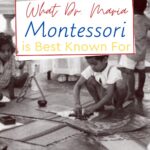 I got to see it in practice and was fascinated. That is when I started to research what Dr. Maria Montessori is best known for.
I got to see it in practice and was fascinated. That is when I started to research what Dr. Maria Montessori is best known for. - Embracing Montessori Principles at Home during Baby’s First Year
 Applying Montessori principles at home is wonderful. You and your baby will love it.
Applying Montessori principles at home is wonderful. You and your baby will love it. - The Life Cycle the Montessori Way
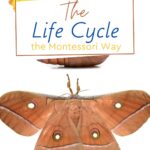 Understanding the life cycle the Montessori way is an essential aspect of teaching children about nature and their environment.
Understanding the life cycle the Montessori way is an essential aspect of teaching children about nature and their environment. - The Montessori Baby: Fostering Independence from Birth
 Fostering independence from birth is possible and before you think it means letting your baby “tough it out,” read on to find out what that really means.
Fostering independence from birth is possible and before you think it means letting your baby “tough it out,” read on to find out what that really means. - Montessori Sensorial: The Binomial Cube
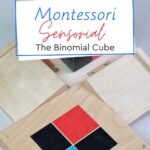 In this blog post, I’m going to be introducing the Binomial Cube, a phenomenal Montessori Sensorial tool as well as an introduction to Algebra.
In this blog post, I’m going to be introducing the Binomial Cube, a phenomenal Montessori Sensorial tool as well as an introduction to Algebra.

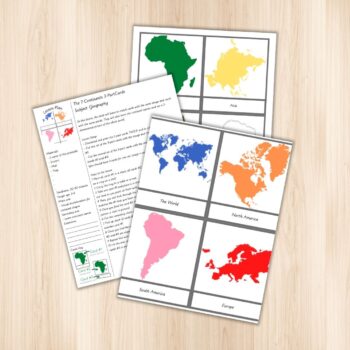
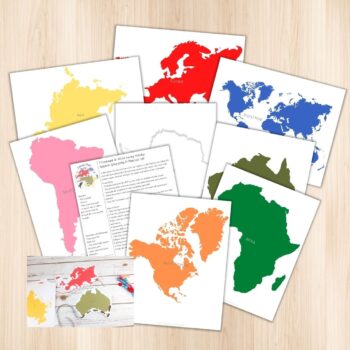





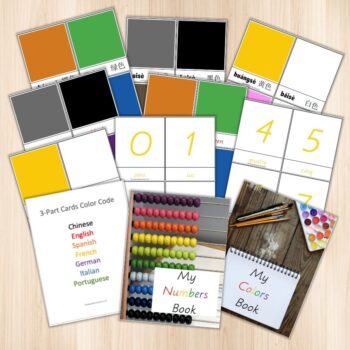

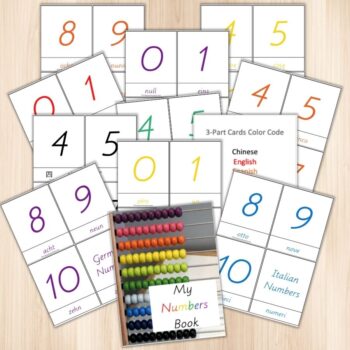



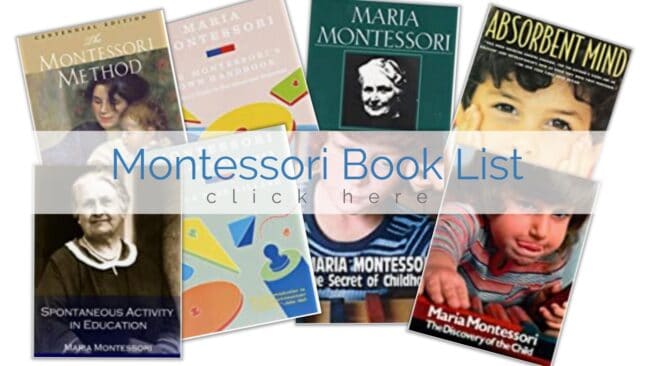
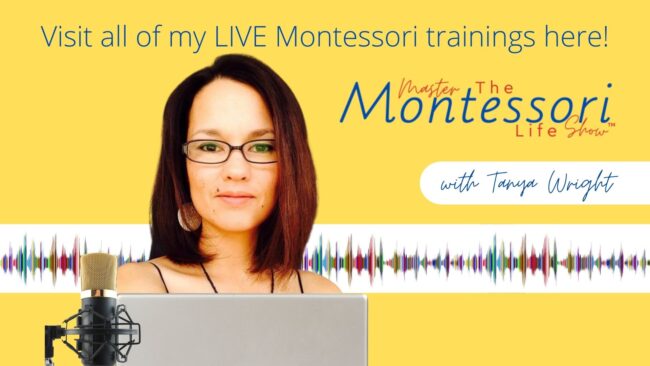
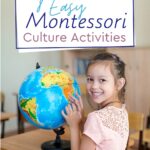
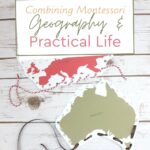
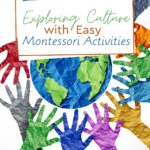

Leave a Reply